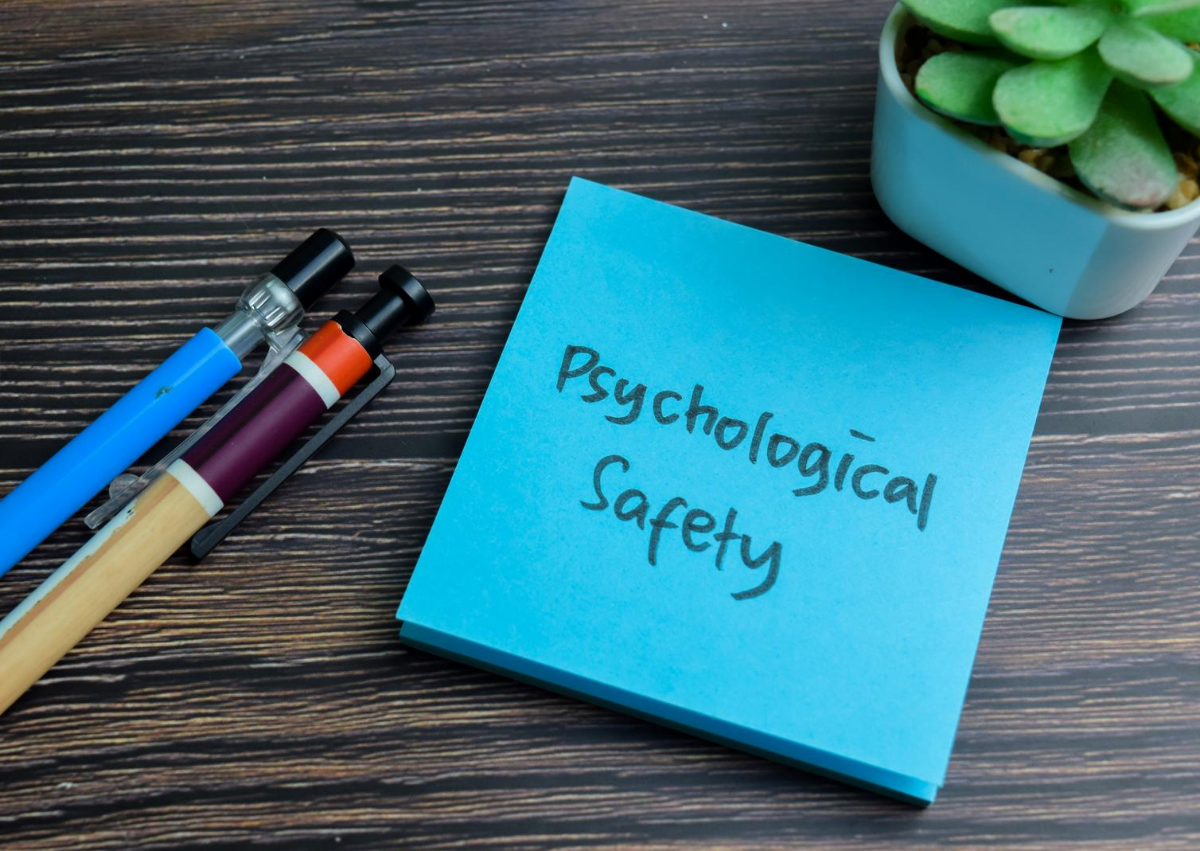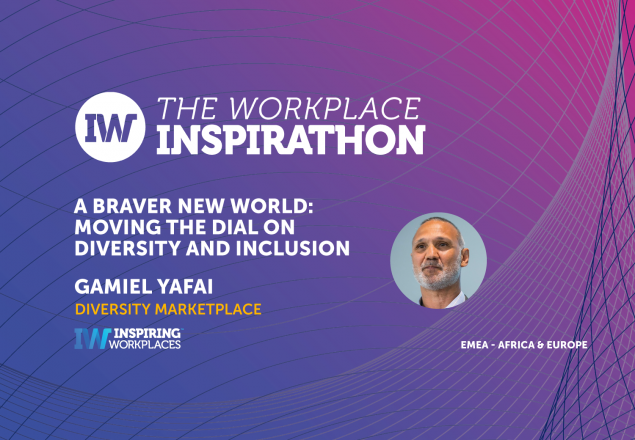Read the article in full here: Your inclusion efforts are failing – this is why

22nd October 2024
Why Your Inclusion Efforts Are Falling Short and How to Fix Them

Psychological safety is essential for genuine inclusion in the workplace, as it enables individuals to feel safe, contribute authentically, and engage fully. Many organizations focus on inclusion at the organizational level but neglect foundational safety at individual and team levels, resulting in superficial efforts. Prioritizing psychological safety strengthens inclusion and drives organizational success.
This article was written by Gina Battye and published in People Management.
There’s a widespread misconception that psychological safety and inclusion are intrinsically linked, often stemming from a misunderstanding of what psychological safety truly entails.
Let’s challenge that assumption. While it’s possible for someone to feel psychologically safe but not fully integrated into their team, it is far less likely that true inclusion can exist without psychological safety as its foundation. For example, imagine an employee who feels comfortable sharing ideas but consistently finds their contributions overlooked. They may also feel excluded from social gatherings outside work. While they feel safe expressing themselves, they don’t feel included in team dynamics or decision making. Now imagine another employee who is invited to team activities and feels valued, yet perceives the workplace as judgmental and competitive. They hesitate to voice their opinions or be their authentic self because of fear of negative consequences.
These examples reveal a crucial distinction: inclusion alone, even in its early stages (such as pronouncing names correctly, inviting participation or offering recognition), doesn’t guarantee psychological safety. These efforts must be accompanied by psychological safety, which encourages deeper engagement. In fact, without psychological safety, individuals will hold back from fully engaging. They may feel included on the surface but, without the safety, trust and security that psychological safety provides, they are unlikely to challenge ideas, offer difficult feedback or contribute authentically.
Inclusion is more than participation and welcoming someone into a group – it is about enabling them to engage and contribute fully. Psychological safety is the necessary precondition for this deeper involvement. Without it, inclusion remains superficial, and individuals will hesitate to bring their authentic self to the table. Simply put, psychological safety creates the environment in which inclusion can truly thrive. Only when employees feel safe can they fully participate and feel genuinely included.
Foundation of inclusion
Psychological safety is an individual’s subjective experience of safety, comfort and confidence within a specific context. It refers to how safe and at ease you feel in different settings, whether it is a physical space, an environment, a situation or when interacting with people.
Psychological safety forms the foundation for genuine inclusion, empowering people to express their authentic selves. This creates a culture where equity, diversity and inclusion (EDI) can truly thrive. However, many organisations prioritise inclusion efforts without first building psychological safety. This disconnect explains why many EDI initiatives struggle to gain traction. To create an inclusive workplace, we must recognise that psychological safety is the bedrock. Without it, even the most well-intentioned inclusion efforts will fall short.
Hierarchy of psychological safety
The hierarchy of psychological safety provides a structured roadmap that outlines the eight levels of responsibility organisations have in cultivating psychological safety, ranging from internal to global dimensions:
- Level 1: individual safety. Establishes psychological safety at the individual level, encouraging authenticity, resilience and personal responsibility.
- Level 2: interpersonal safety. Nurtures safety in one-on-one interactions, with a focus on communication and interpersonal skills.
- Level 3: team dynamics safety. Cultivates a psychologically safe team environment where everyone in the team can thrive.
- Level 4: collaboration safety. Promotes an environment conducive to innovation and collaboration.
- Level 5: organisational safety. Embeds psychological safety within the organisational culture, laying the groundwork for genuine inclusion.
- Level 6: external relations safety. Extends psychological safety to external collaborations with stakeholders and partners.
- Level 7: community safety. Focuses on elevating psychological safety to benefit the wider community.
- Level 8: industry and global safety. Influences industry norms and workplace attitudes on a global scale, dismantling outdated practices and systems.







